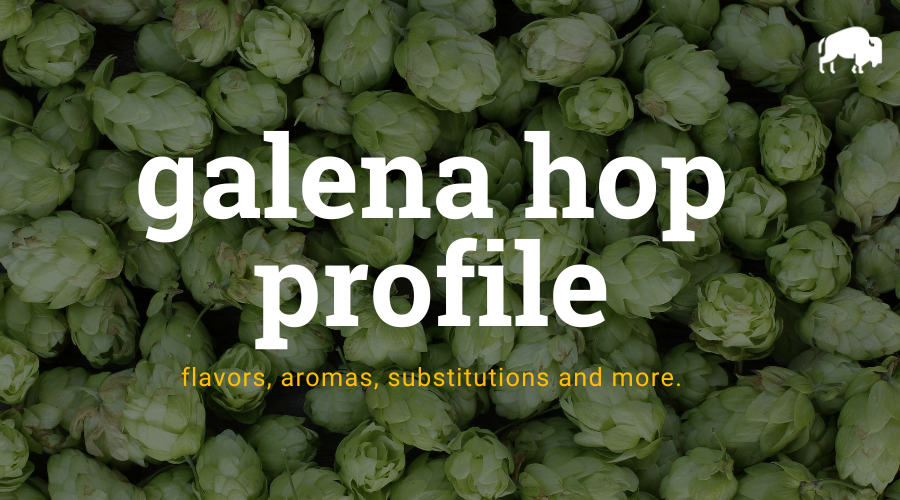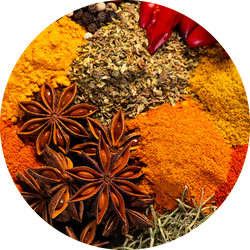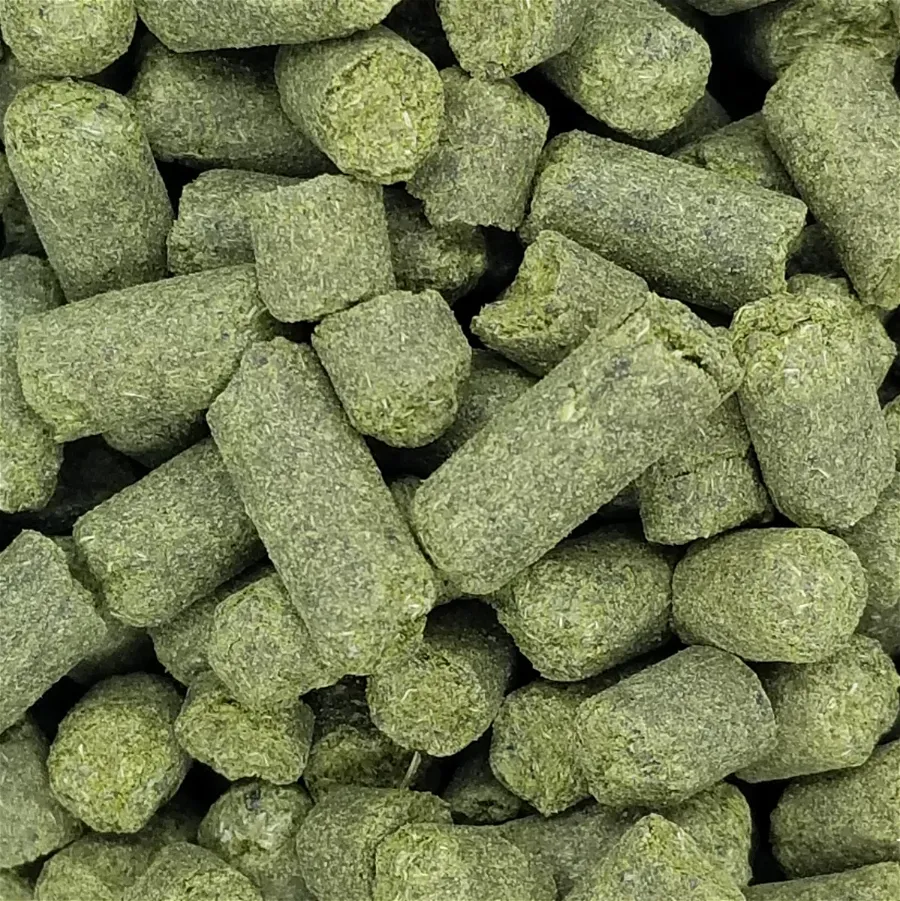
Galena hops are a variety of hops developed in the USDA hop-breeding program in Idaho in 1968 through open pollination of a female Brewer’s Gold and an unknown male. They are characterized by high alpha acids, good yield, vigor, and storage and are considered one of the most prolific bittering hops in American craft beer history.
Galena hops provide a clean, well-balanced, crisp bitterness that works well with most aroma hop additions. They are known for their grapefruit citrus, tropical fruit, black currant, and green pepper spice flavor and aroma descriptors.
Galena hops are widely available for commercial growers and brewers, as well as for home brewers, and can be used in all styles of beer, from Lager to Pale Ale and IPA to Porter and Stout.
| Usage: | Aroma |
| Country of Origin: | United States |
| Hop Growers Code: | GAL |
Where To Buy Galena Hops
Galena is a classic American hop that was been used in many quintessential craft beers. Galena features great bittering with neutral character. Medium, pleasant hoppiness. Strong, somewhat floral, pleasant aroma. We use this hop quite a bit in an assortment of styles.
Galena Flavor And Aroma
Galena is an aroma hop that is often described to have the following aroma characteristics:

citrus

spicy

tropical
Galena Hop Oil Breakdown
Hop oils can vary from year to year and farm to farm but based on our research, here are the typical values we have seen reported. This information comes from various hop farms, The Hop Aroma Compendium, and For The Love Of Hops.
| Alpha Acid % (AA) Alpha acids are what is isomerized when boiling to create bitterness in beer. | 12% |
| Beta Acid % Beta acids are what give hops their more aroma and flavor compounds. | 7.5% |
| Alpha-Beta Ratio This ratio of alpha acids to beta acids determines how quickly bitterness fades during aging. Lower ratios are common for aromatic varieties. | 1:1 – 2:1 |
| Co-Humulone as a % of Alpha Higher numbers are said to impart a harsher bitterness. | 39% |
| Total Oils (mL/100g) With more total oils, typically comes a more complex hop profile but these are highly volatile compounds. | 0.9mL – 1.3mL |
| Myrcene green, resinous | 55% – 60% |
| Humulene woody, piney | 10% – 15% |
| Caryophyllene woody | 3% – 6% |
| Farnesene floral | 0% – 1% |
| Other Oils: Includes beta-ionine, beta-pinene, limonene, linalool, geranoil & selinene | 23% – 44% |
| Hop Storage Index (HSI) The HSI indicates the percent of alpha and beta acids lost after 6 months of storage at room temperature (68°F or 20°C). | Retains 77% alpha acid after 6 months storage at 20ºC (68ºF). |
| Hop Storage Index (HSI) Rating | Good |
Galena Hop Substitutions
Replacing one hop for another is seldom straightforward but sometimes you don’t have the right hop or the right quantity of hops for the beer you want to make. For those situations, we have made a comprehensive list of hops to substitute on brew day.
These substitutions aren’t perfect as hop chemistry is pretty complex.
We wanted to make this list of substitutions with varietals that are easy to find when possible. For Galena, we recommend substituting with the following hops:
Beer Styles
For the most part, any hop could have a place in just about any beer style. Based on popular beers, historical usage, and our own preferences, we would recommend using Galena for IPA, New England IPA, Pale Ale, Wheat Beer, Golden Ale. That being said, experiment and see what works best for you.
References
https://www.hopslist.com/
https://www.ars.usda.gov/
https://www.brewersassociation.org/
https://www.barthhaasx.com/
https://www.yakimachief.com/
Hieronymus, Stan. For The Love of Hops. Brewers Publications, 2012
The Hop Aroma Compendium. 2012


